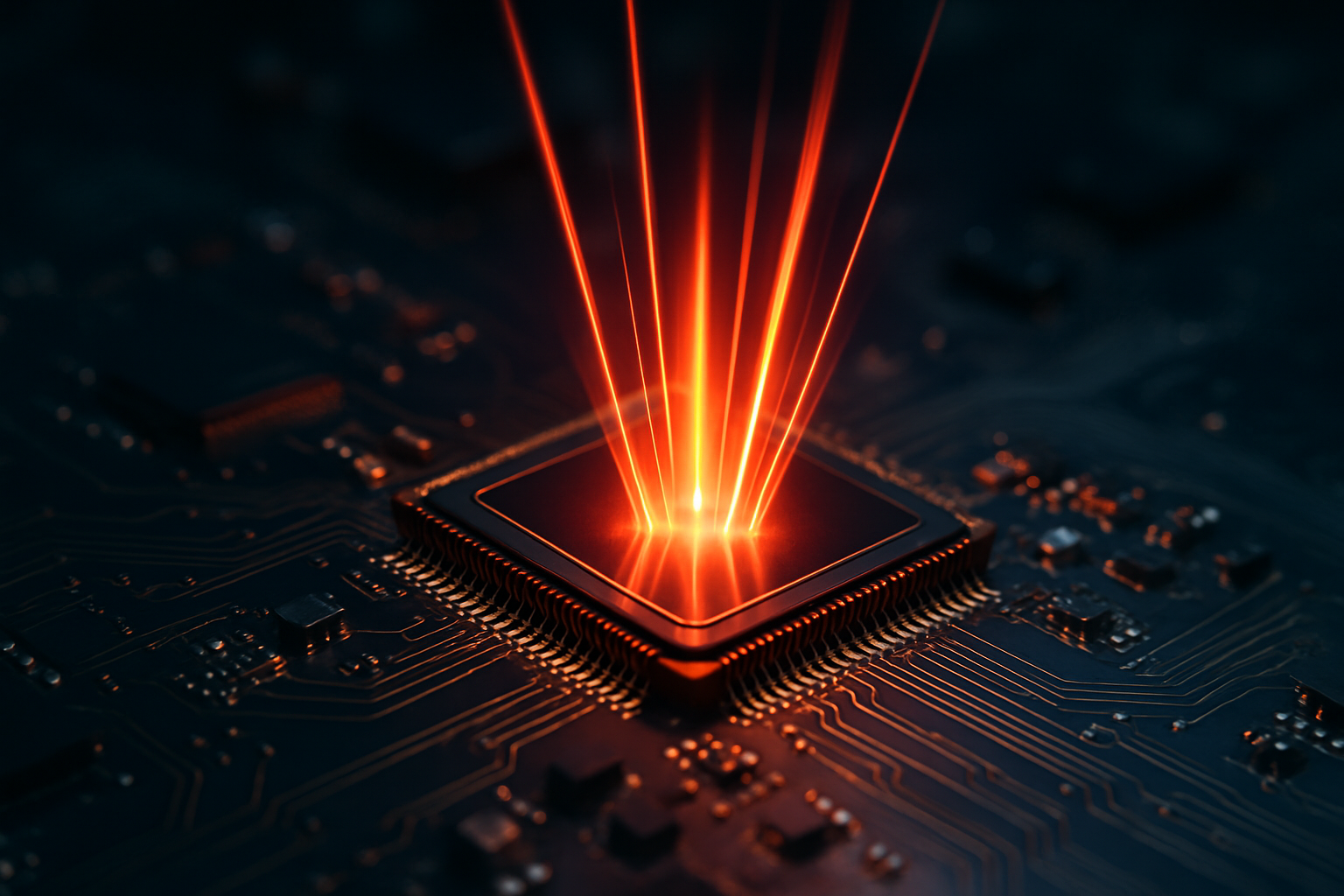Optical Computing: The Light-Speed Future of Information Processing
In a world where data demands are skyrocketing, traditional electronic computing is reaching its limits. Enter optical computing, a revolutionary technology that harnesses the power of light to process information at unprecedented speeds. This groundbreaking approach promises to transform everything from data centers to artificial intelligence, ushering in a new era of computational prowess.

The concept isn’t entirely new; researchers have been exploring optical computing since the 1960s. However, recent advancements in photonics, materials science, and nanofabrication have catapulted the technology from the realm of science fiction into tangible reality. Today, major tech companies and research institutions are pouring resources into developing practical optical computing solutions.
Speed of Light, Literally
One of the most compelling advantages of optical computing is its mind-boggling speed. Light travels much faster than electrons, and photons can be manipulated with incredible precision. This translates to processing speeds that dwarf even the most advanced electronic supercomputers.
In theory, optical computers could perform complex calculations in picoseconds – that’s trillionths of a second. Such speeds would revolutionize fields like weather forecasting, drug discovery, and financial modeling, where massive datasets need to be crunched in real-time.
Energy Efficiency: A Green Computing Revolution
As data centers consume ever-increasing amounts of electricity, the energy efficiency of optical computing becomes a game-changer. Photons require significantly less energy to transmit information compared to electrons, potentially slashing power consumption by orders of magnitude.
This efficiency doesn’t just mean lower electricity bills; it could be a crucial step in making computing more environmentally sustainable. As the world grapples with climate change, the reduced carbon footprint of optical systems could play a vital role in green tech initiatives.
Overcoming the Interconnect Bottleneck
One of the most pressing challenges in modern computing is the interconnect bottleneck – the limitations in data transfer between different components of a system. As processors have become faster, the connections between them have struggled to keep up, creating a major performance hurdle.
Optical interconnects offer a solution by allowing data to be transmitted at the speed of light between chips, boards, and even entire data centers. This could eliminate one of the most significant constraints on computing power, enabling true exascale computing and beyond.
The Quantum Connection
Intriguingly, optical computing may serve as a bridge to the world of quantum computing. Many quantum systems rely on manipulating individual photons, and the technologies developed for optical computing could prove invaluable in building practical quantum computers.
Some researchers envision hybrid systems that combine the best of optical and quantum computing, creating machines with unprecedented computational capabilities. This synergy could accelerate progress in both fields, leading to breakthroughs in cryptography, optimization, and simulation.
Challenges and Hurdles
Despite its immense potential, optical computing faces several obstacles on the path to widespread adoption. One major challenge is the development of efficient optical memory systems. While light excels at data transmission, storing information optically for extended periods remains difficult.
Another hurdle is the integration of optical components with existing electronic infrastructure. Creating hybrid systems that seamlessly blend optical and electronic elements requires overcoming significant engineering challenges.
Additionally, the manufacturing processes for optical components need to be scaled up and made more cost-effective before the technology can compete with established electronic systems on price.
The Road Ahead
As researchers continue to push the boundaries of optical computing, the future looks increasingly bright. Major tech players like IBM, Intel, and Hewlett Packard Enterprise are investing heavily in the technology, signaling its potential to reshape the computing landscape.
While it’s unlikely that optical computers will completely replace electronic systems in the near future, they are poised to play a crucial role in specialized applications and high-performance computing. As the technology matures, we can expect to see optical elements gradually integrated into mainstream computing, starting with data centers and telecommunications networks.
The dawn of optical computing represents more than just an incremental improvement in processing power – it’s a fundamental reimagining of how we handle information. As this technology continues to evolve, it promises to unlock new realms of computational possibility, illuminating the path to a faster, more efficient, and more connected future.





